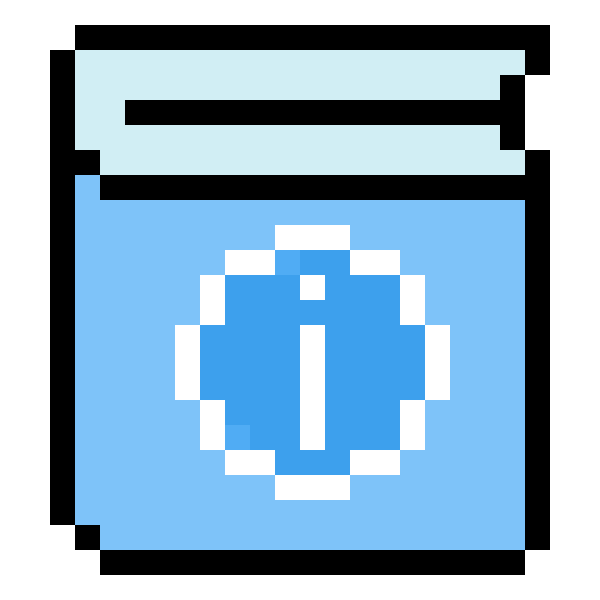590 reads
Swiftly Starting Your Chatbot Journey: Building a Chatbot with Botter
by
August 22nd, 2023
Audio Presented by

Senior iOS developer | coolone.ru | Digital nomad 🧭 | Mentor 🎯 | Speaker 🎤 | Open source contributor 🧑🏻🚀
Story's Credibility



About Author
Senior iOS developer | coolone.ru | Digital nomad 🧭 | Mentor 🎯 | Speaker 🎤 | Open source contributor 🧑🏻🚀